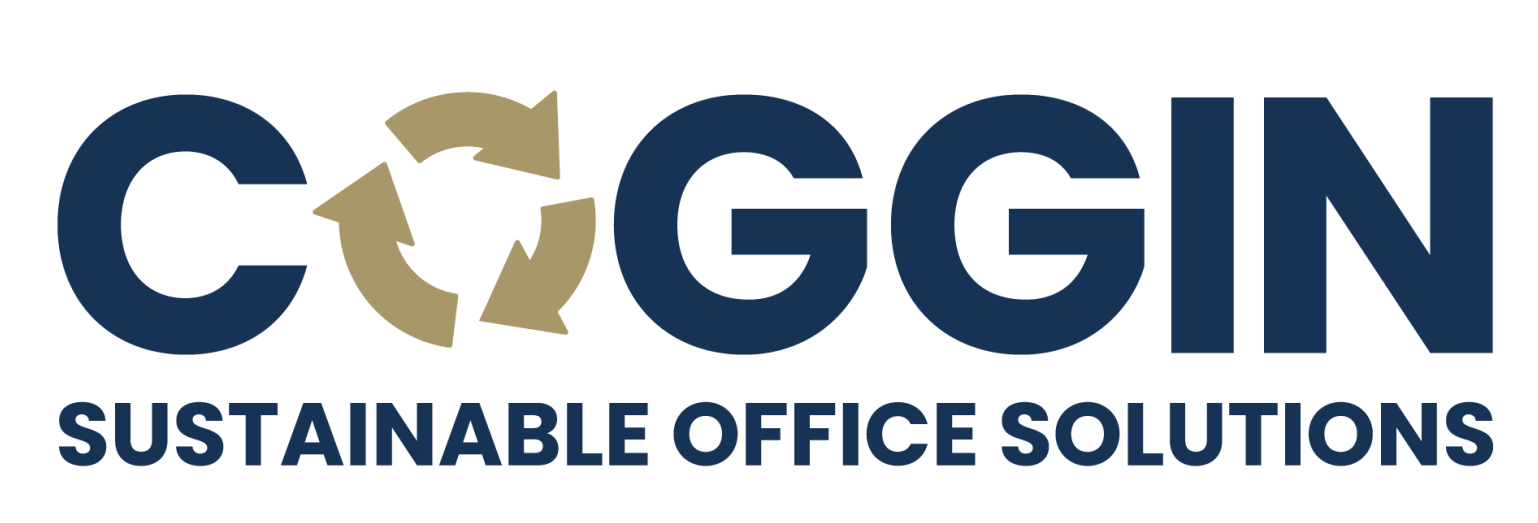Lifecycle Analysis Basics
Understand the key stages of a furniture product’s lifecycle and how to assess environmental impact.
Understanding the Full Impact of Office Furniture
Every office chair, desk or filing cabinet has a story – from the materials it’s made of to the way it’s disposed of. Lifecycle Analysis (LCA) is a method for examining that entire journey, to understand the environmental impact at each stage.
It’s a key tool in circular design and procurement, helping us make informed decisions about which products are truly sustainable.
What is Lifecycle Analysis (LCA)?
LCA is a scientific method used to assess the environmental impact of a product across its entire lifecycle:
Raw materials → Manufacturing → Transport → Use → End of life
Rather than focusing on a single stage, LCA shows the total footprint, helping to avoid unintended consequences like choosing a recyclable product that has a high carbon footprint in production.
Why It Matters in a Circular Economy
In a circular system, the aim is to:
- Extend product life
- Minimise emissions and waste
- Recover materials at the end of use
LCA helps to identify:
- Where the most impact occurs
- Which changes (e.g. material swaps or refurbishment) make the biggest difference
- How to compare products based on real data, not marketing claims
The 4 Key Phases of LCA
| Phase | Description |
|---|---|
| 1. Goal & Scope | What are we measuring and why? (e.g. carbon, water, toxicity) |
| 2. Inventory Analysis | Gather data on inputs (materials, energy) and outputs (emissions, waste) |
| 3. Impact Assessment | Assess how those inputs/outputs affect the environment |
| 4. Interpretation | Make decisions based on the results (e.g. redesign, switch suppliers) |
Tools Commonly Used for LCA
- SimaPro – for full-spectrum analysis
- GaBi – detailed modelling software
- Ecodesign tools from manufacturers
- Simplified tools like Carbon Trust calculators or DEFRA data sheets
For SMEs or non-specialists, LCA tools can seem complex – but even basic lifecycle thinking can support better decisions.
Furniture Example: Desk LCA Comparison
| Stage | New Desk (Virgin Materials) | Refurbished Desk |
|---|---|---|
| Raw materials | High emissions, new resources | No new extraction |
| Transport | Shipped from overseas | Local supplier |
| Use | 5 years | Extended to 10+ years |
| End of life | Landfill likely | Further reuse/recycling |
Result: Refurbished desk cuts carbon emissions by over 60%
A Deep Dive into Sustainable Furniture Decision-Making
This deep dive discussion explores the vital role of Lifecycle Analysis (LCA) in driving sustainable choices within the furniture sector. Moving beyond the basics, we’ll unpack how LCA offers a data-driven approach to understanding a product’s total environmental footprint—from raw material extraction to end-of-life disposal. Together, we’ll examine the four key phases of an LCA study, evaluate the tools available (from complex modelling software to accessible carbon calculators), and critically assess a real-world desk comparison that reveals how refurbished options can cut emissions by over 60%.
Key Takeaways
- Lifecycle Analysis reveals the true environmental cost of products.
- It examines everything from resource extraction to end-of-life.
- LCA supports better decisions in design, buying, and refurbishment.
- Even basic lifecycle thinking helps avoid waste and greenwashing.

